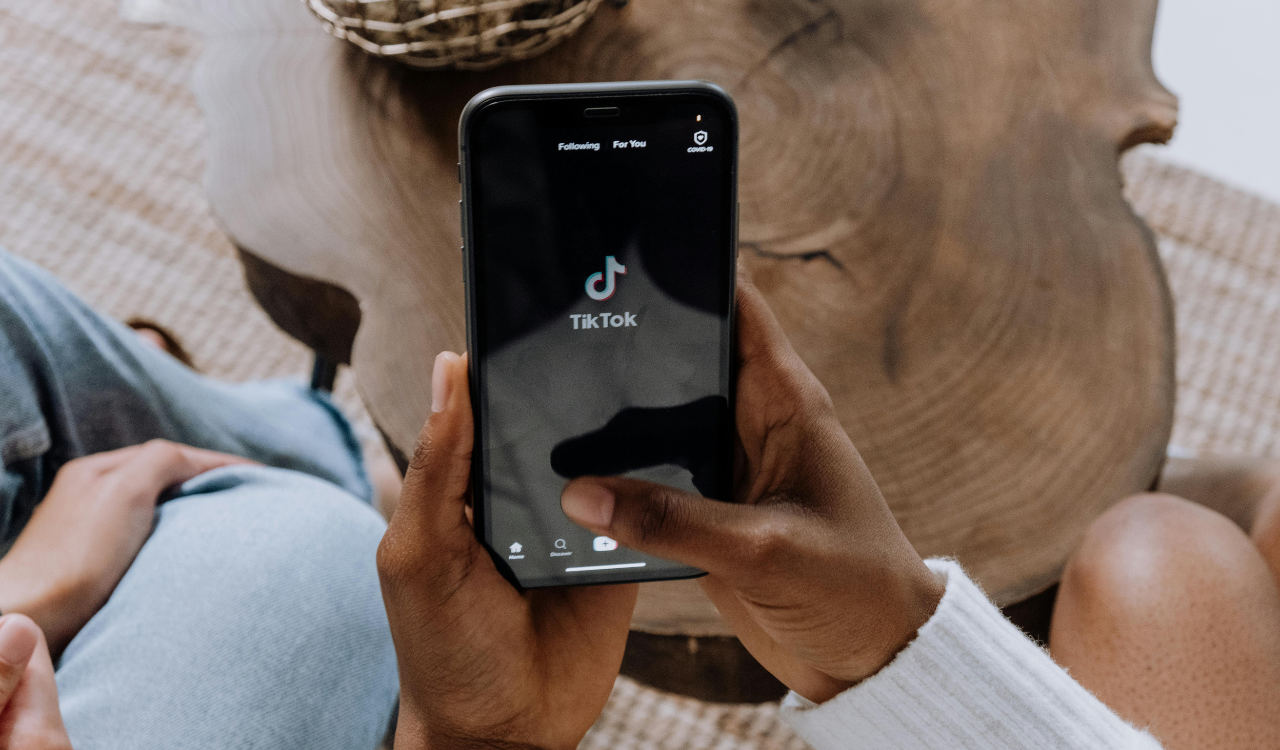Generation Z is projected to have the largest spending power among all generations. However, these consumers don’t spend that discretionary money equally. To understand Gen Z, one must first understand the contradictions that define this generation; at the forefront is their attitude toward gender. As individuals, Gen Z is less overtly defined by gender than any generation that has come before. Their fashion and career choices are groundbreakingly gender-agnostic. However, their political persuasions and feelings about Diversity, Equity, and Inclusion (and policies surrounding that triad) are dramatically bifurcated by gender.
Tensions and passions about global politics are at an all-time high. This divide has significant implications for the retail industry. We’ve talked about the Man Repeller trend-defining fashion for left-leaning Gen Z and millennial women. But what about the next gens that prefer to subscribe to traditional gender roles? Who are they, what do they wear, and what do they want to see from brands?
Tapping into Gen Z’s purchasing power means acknowledging the ideological fault lines that run through the generation—and building assortments that don’t try to blur them and respectfully reflect them. By treating sourcing inventory and marketing as a conversation, retailers can cater to both sides of the spectrum without alienating either.
A Generation Divided
Despite a large segment of Gen Z’s dismissal of traditional gender roles, it’s ironic that they also have the starkest gender-based political divide of any generation. Consider the professed traditional values of the current U.S. conservative right surrounding marriage, family, women’s ability to lead, and gender presentation. The perceived image of the traditional male is gaining traction; 37 percent of men between the ages of 18-29 currently agree that “America is on the right track,” although only 20 percent of Gen Z women feel the same.
We live in a society self-defined by political leanings. The political right has long been more aligned with traditional gender values, style, and presentation––cosmetic use, hairstyles, etc. The left typically has been open to more loosely defined gender norms in dress, presentation, and career choices.
Smart retailers understand this divide and appropriately source inventory for all customers. While much of Gen Z seeks out androgynous or unisex products and is highly invested in erasing traditional gender divides, still nearly half of this young population feels differently. In a recent NBC News Poll, a significant segment of Generation Z men want products geared towards the traditional masculine male persona. A smaller segment of Gen Z women also wants products geared towards traditional feminine ideals.
In the current global climate, one-size-fits-all inventory has been demoted to a retailer’s distant memories. The political and cultural bifurcations that define our times have made sourcing inventory a challenge without alienating certain customer segments. The retail strategy through this shift is to become keenly customer-centric, relying on feedback from customers instead of trusting intuition (which can often be personally biased). In a digital marketplace, there are abundant, intelligent tools to help make sense of trends, regional styles, and Gen Z’s influential style. Guesswork is a strategy of the past.
Reviving Old Fashion Norms
If you’ve been following the media, you’d think that a new wave of conservative style is defining Gen Z. There is a widely reported resurgence of the tradwife or “traditional wife” aesthetic. “Tradwife” dressing (99.4 million posts on TikTok) is defined by Fashion Magazine as “…vintage-inspired silhouettes, soft fabrics and pastel hues.” The look is characterized by “prairie-style dresses, milkmaid tops and delicate details like lace piping and floral motifs.” But tradwife isn’t just an aesthetic, it’s also an attitude and lifestyle.
Tradwife influencers like Nara Smith complete domestic tasks in luxury apparel that are way beyond the price range of most stay-at-home moms. For anyone who remembers, housewives in 1950s ads were depicted in full dress while vacuuming and doing the laundry. While there’s nothing inherently wrong with baking in luxury apparel, for most women getting a splatter of cake batter on a $5,000 garment would be a catastrophic event. Tradwife marketing seems to be tone-deaf. It’s important to note that most modern families with stay-at-home moms are inherently one-income households, so such a lifestyle fantasy places lofty pressure on the male partner’s income expectations. But the aspirational nature of these nostalgic posts accomplishes what they’re supposed to: glamorize a woman’s life spent doing household menial chores, baking, and serving her loving family. Content including the tradwife trend and the (slightly more ambitious) #stayathomegirlfriend phenomenon is signaled by a rise in baking hashtags and even #traditionalgenderroles. However, tradwife content appeals to less than 20 percent of Gen Z women.
Inclusivity Without Alienation
So, how can retailers source inventory for a generation––and a world––divided? It starts with listening more closely. Next gen consumers rarely withhold with their purchasing preferences and opinions. In a world where some specialty stores are moving towards generalization, a new mastery of customization is emerging among other retailers. Retailers are directly sourcing for the needs of their consumers based on what their customers actually want. This is common sense, not rocket science. Take the next gen darling Trader Joe’s, which was recently ranked #1 in an Axios brand reputation survey. Trader Joe’s literally customizes store inventory using customer feedback, so each store directly reflects the community it serves.
Clearly, there isn’t one single truth for retailers targeting Gen Z consumers. The only universal truth is that customization is critical. In sourcing apparel and cosmetics for different genders, it’s also critical to understand consumer preferences by region as well as personal style. Polling, regional testing, and social listening can reveal what young customers want and what sells.
Tapping into Gen Z’s purchasing power means acknowledging the ideological fault lines that run through the generation—and building assortments that don’t try to blur them and respectfully reflect them. By treating sourcing inventory and marketing as a conversation, retailers can cater to both sides of the spectrum without alienating either.
We aren’t talking about relying on brand storytelling to drive young consumers to purchase. The old “do good things and post about them on social media” mentality doesn’t work in the current economy––and it especially doesn’t work in targeting a split generation under unprecedented duress. Yes, Gen Z traditionalists demand traditional gender-based inventory segmentation. However, they represent a small fraction of the customer demographic––the other 60-80 percent of Gen Z’s prefer nontraditional fashions, expressing themselves through aggressively comfortable sartorial choices including the Male Repeller trend, nostalgic millennial throwbacks (Euphoria season 3 is coming up), and other styles.
Next gen conservatives remind us that one size does not fit all. What is true about Gen Z, however, is a shared willingness to work with brands that make the effort to understand them. Whether it’s tapping into regional preferences, investing in community-driven data, or offering more personalized product lines, the brands that will win with Gen Z are the ones that listen first and source second.





